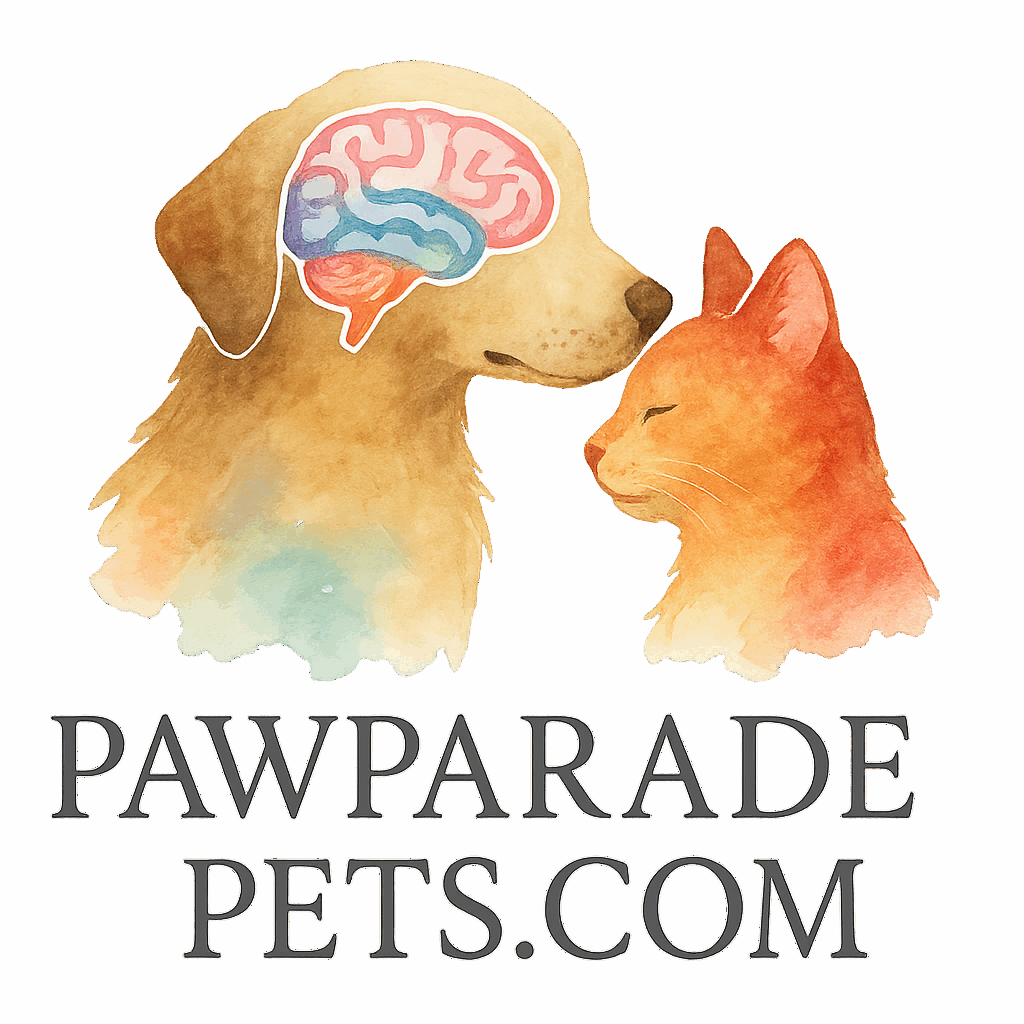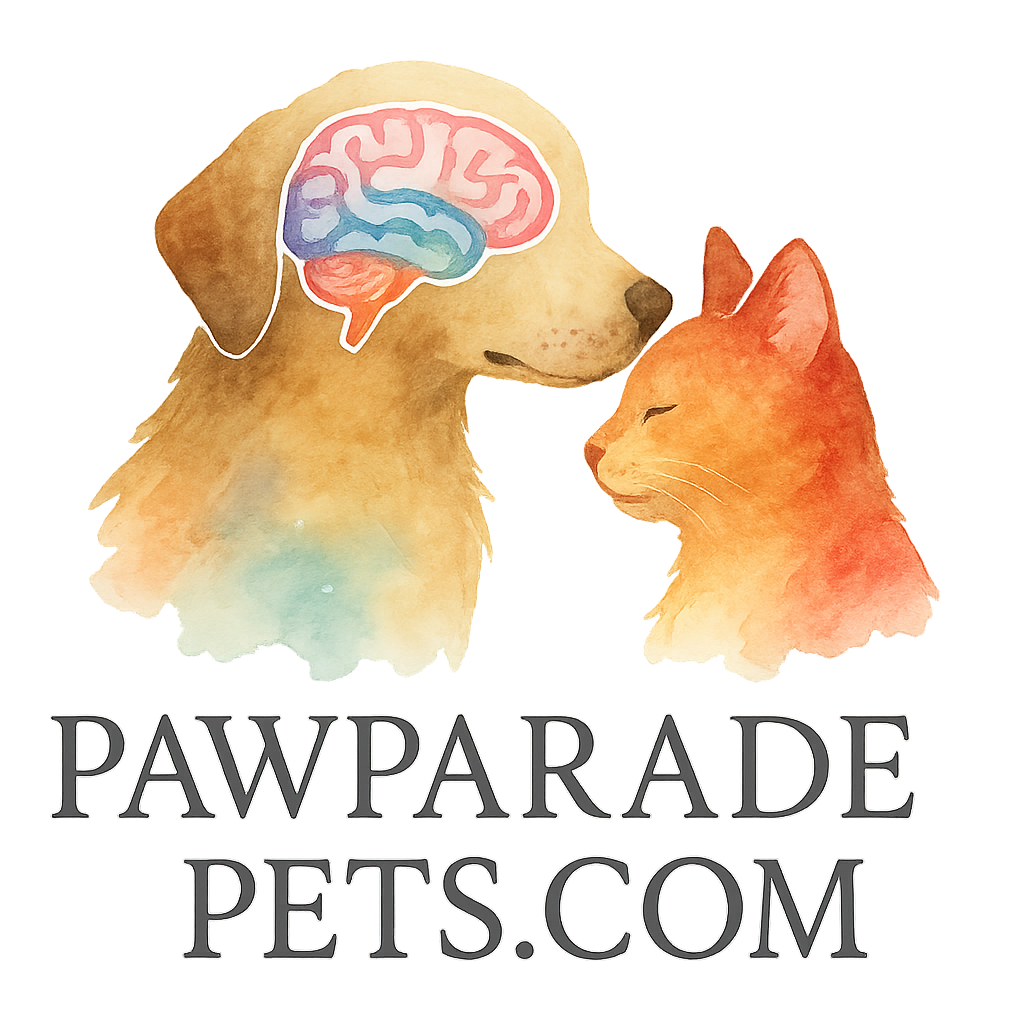Is your pet just lying around the house all day? Wish they were more alert, engaged, or maybe even a little sharper? Mental stimulation is just as important for pets as physical exercise. In this post, we’ll dig into 10 reinforcement techniques that train your pets’ brain, helping them stay smart, happy, and behaviorally balanced.
Let’s jump in with why this really matters.
Why Brain Training Matters for Your Pets
You wouldn’t skip leg day, right? So why skip brain day for your pets?
Benefits of Cognitive Engagement
Brain training isn’t just about showing off how smart your pet is. It improves memory, focus, emotional balance, and even boosts overall health. According to Paw Parade Pets, pets with strong mental engagement are less likely to exhibit destructive behaviors and more likely to respond well to commands.
Signs Your Pet Needs Mental Stimulation
- Constant barking or meowing
- Chewing furniture or digging
- Seeming bored even after a walk
- Ignoring basic commands
If your pet checks any of these boxes, it’s time to break out the brain games.
Understanding Reinforcement in Pet Training
Before we get into the good stuff, let’s lay some groundwork.
What Is Positive Reinforcement?
Positive reinforcement means rewarding your pet for the behaviors you want to see more of. It’s not about punishing bad behavior—it’s about encouraging the good.
This method is backed by science and recommended by professional trainers and behaviorists alike. It also strengthens the human-pet bond and helps pets feel secure and confident in their learning environment.
The Science Behind Reinforcement Techniques
When your pet receives a reward, it releases dopamine—the “feel good” chemical. Over time, the brain starts to associate that behavior with pleasure. That’s how you build habits with happy tails and purrs.
For a deeper look into behavior and obedience, check out this section of Paw Parade Pets.
10 Reinforcement Techniques That Train Your Pets’ Brain
Here’s where the fun really begins. Let’s explore ten actionable techniques you can use today.
1. Treat-Based Reward Systems
The oldest trick in the book—but still one of the best.
How to Use Treats Effectively
Use small, low-calorie treats to avoid overfeeding. Only reward immediately after the correct behavior for best effect.
Best Treats for Brain Training
- Freeze-dried liver bites
- Soft training treats
- Homemade options (like boiled chicken)
Want more? Visit Paw Parade’s Brain Training Basics to see how treats play into a structured routine.
2. Clicker Training for Mental Focus
What is Clicker Training?
Clicker training uses a small handheld device that makes a clicking sound to mark desired behavior. Your pet quickly associates the sound with a reward.
Benefits for Cognitive Function
Clicker training enhances focus, precision, and memory. It’s a clear form of communication that works well for both cats and dogs.
Explore brain-stimulating devices on this page.
3. Puzzle Toys & Brain Games
Interactive Toys for Smart Pets
Interactive toys like puzzle feeders, snuffle mats, and treat balls force pets to think before they eat, which is a powerful reinforcement technique.
Where to Find the Best Brain Training Tools
Need suggestions? Head over to Tools & Toys for Brain Training to discover products that challenge your pet’s problem-solving skills.
You can also browse their tags for toys, games, and interactive activities.

4. Training With Verbal Praise & Commands
Reinforcing Obedience Through Words
Sometimes a “Good boy!” goes a long way. Pets love attention, and verbal praise can be just as motivating as food—especially when you reinforce it consistently.
Useful Commands for Brain Development
- “Sit,” “Stay,” and “Come”
- “Touch” for target training
- “Find it” for search-based games
Want more structured obedience? Dive into this guide for actionable tips.
5. Target Training and Shaping Behavior
Target training involves teaching your pet to touch a specific object—like your hand or a stick—with their nose or paw. It’s foundational for advanced training techniques and mental mapping.
Explore how this fits into the world of smart pets and problem-solving.
6. Play-Based Reinforcement
Turning Fun Into a Learning Opportunity
Playtime isn’t just for burning energy—it’s a goldmine for brain development. Games like tug-of-war and fetch teach rules, patience, and reward-based thinking.
Don’t miss the collection of fun activities at Paw Parade Pets.
7. Using Scent-Based Challenges
Engaging the Nose and the Brain
Hide treats around the house and encourage your pet to sniff them out. This taps into your pet’s natural instincts while stimulating their brain.
Scent games are part of the growing trend of advanced cognitive challenges—see more here.
8. Environmental Enrichment
Creative Setups to Engage the Mind
Change up their environment: add new textures, tunnels, platforms, or outdoor puzzles. Even something as simple as moving their bed can force them to adapt and think.
This boosts engagement—which you can explore more at this link.
9. Daily Problem-Solving Activities
Brainy Routines You Can Do at Home
Here are a few simple tasks:
- Teach them to “open” a drawer for treats
- Introduce “name your toy” games
- Create a DIY obstacle course
Daily mental exercises keep pets sharp, just like Sudoku for us humans. Browse games & activities for ideas.
10. Combining Tech with Training
Smart Gadgets That Stimulate Pet Brains
From automatic treat dispensers to pet-safe touchscreen games, technology is changing the way we engage our pets.
Looking for pet tech inspiration? Check out the best gadgets and tech tools that make training futuristic and fun.
Choosing the Right Technique for Your Pet
Customizing Based on Breed, Age, and Personality
Some pets are food-driven, others crave affection or toys. Tailor reinforcement to your pet’s unique preferences.
Younger pets might enjoy fast-paced games, while older ones may prefer slower puzzle-based challenges. Explore pet-specific advice at Paw Parade Pets.
Final Thoughts on Reinforcement and Brain Training
When you consistently use reinforcement techniques to train your pet’s brain, you’re doing more than teaching tricks—you’re enhancing their life. You’re building confidence, reducing stress, and deepening your bond.
Brain training is a long-term investment, but the results speak for themselves: better behavior, better health, and a happier, smarter pet.
And that’s a win for everyone.
FAQs
1. How often should I do brain training with my pet?
Daily sessions of 5–10 minutes are ideal. Consistency matters more than duration.
2. Can older pets still benefit from brain training?
Absolutely. Brain games help maintain cognitive function in senior pets and reduce age-related decline.
3. Are reinforcement techniques safe for all pet species?
Yes, with adjustments. Dogs, cats, rabbits, and even birds can benefit from positive reinforcement strategies.
4. What’s the best reward for pets who aren’t food motivated?
Use toys, affection, or verbal praise. Some pets respond best to a mix.
5. Can I combine multiple techniques?
Yes! In fact, mixing methods often yields the best results.
6. How do I know if my pet is mentally stimulated enough?
A relaxed, happy, and attentive pet usually means their cognitive needs are being met.
7. Where can I find more brain training ideas?
Explore resources on PawParadePets.com or visit categories like training, brain, and challenges.


